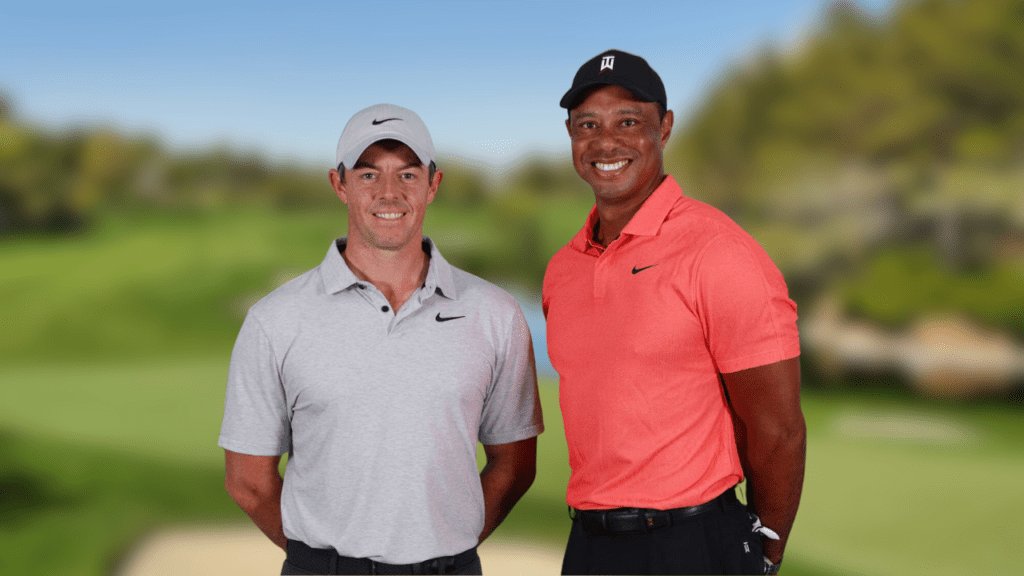The TGL indoor golf league is still coming together.
The league announced its “Modern Match Play” style on October 31. In this format, teams will play 15-hole rounds in front of a live crowd.
A 3-on-3 system will be used for the first nine holes, which have been called the “first session.” The second round, which includes the last six holes, will be played in a rolling 1-v-1 style.
This is a new way to play golf, and it will start on ESPN on Tuesday, January 9.
But fans will need to learn more about the rules, which were made public by TGL on Monday, before the first shot is fired.
First, there will be a shot clock during the 2024 TGL season.
Each player will have 40 seconds to make their shot, which is the same amount of time as an NFL play clock. One penalty stroke will be given to each team if a player fails to hit their shot within 40 seconds.There will also be a judge at each game, and it will be his job to settle any problems with the shot clock or rules violations. The judge will make sure everyone follows the rules, which are based on the old PGA Tour rules of golf and the special rules set up at the SoFi Center.
A booth official, who knows the rules of golf inside and out, will also be there to help the referee with any calls or problems that may come up.
For timeouts, each team will have four, and the judge will be the person to talk to.
During the first round, each team will have two timeouts. After that, two more are given to the second session. You can’t carry over like in sports.
Any player on the team can call a timeout by speaking or making a sign to the judge. They can be called at any time during the 40-second shot clock.
That being said, players can’t call two timeouts in a row, which means they can’t happen at the same time. If a team calls a break, they have to wait until the shot is over before they can call another one.
Perhaps a way to use timeouts in TGL will be similar to icing the kicker in football games. When the game is close, football coaches often call a timeout to give the kicker more time to think about their next kick. Sometimes it leads to a bad strike, but most of the time it doesn’t.
Still, this approach could be used when a player has a big putt at the end of the second session to win. Or maybe before someone hits a tough par-3 shot. Who knows? There are a lot of options.









Comments are closed.